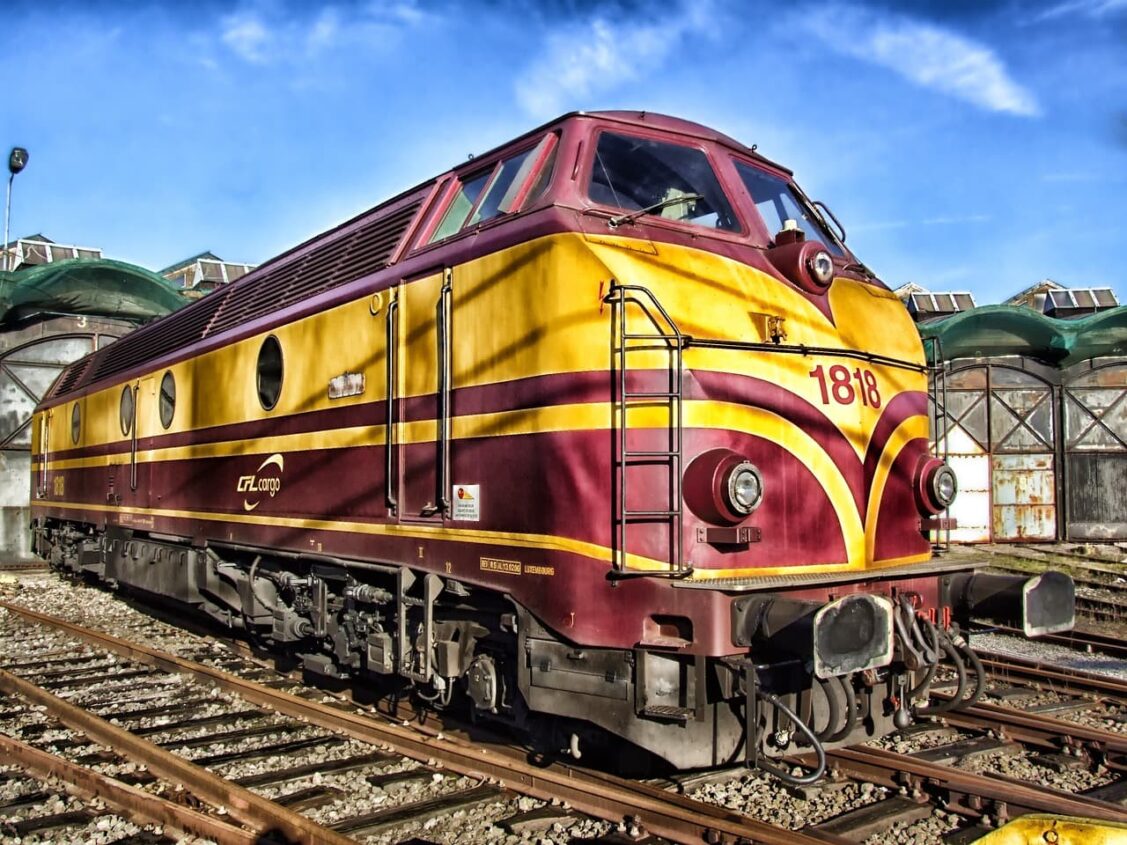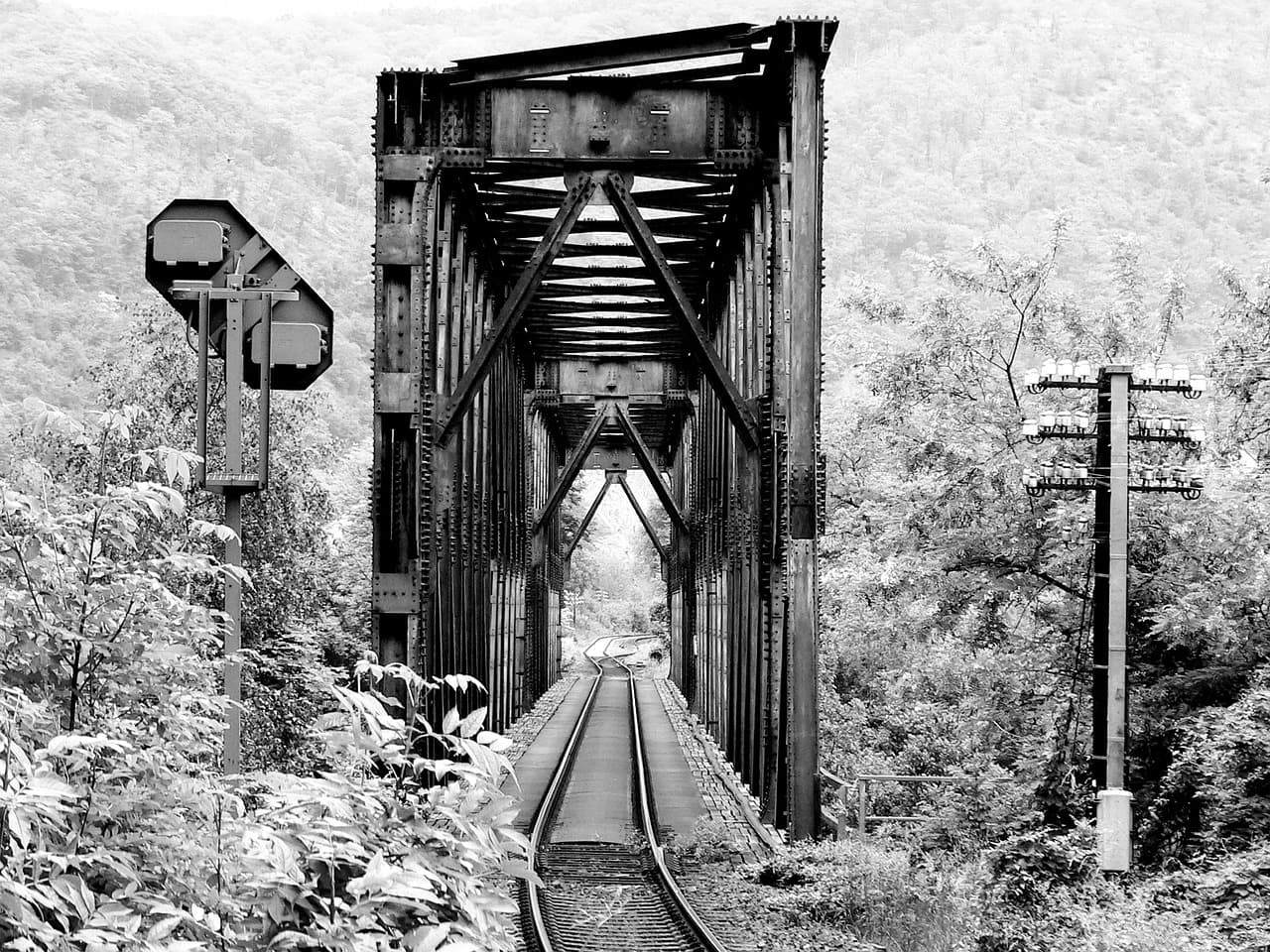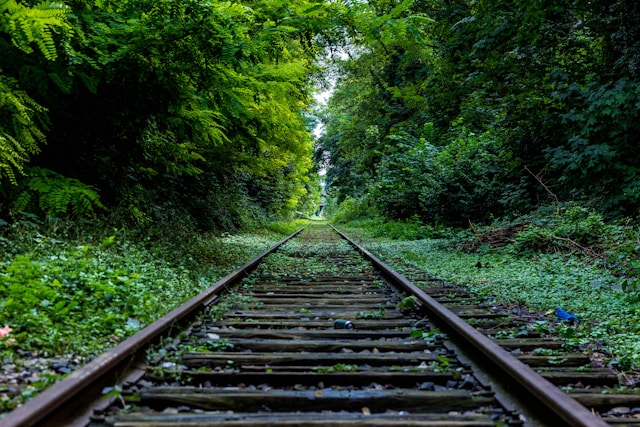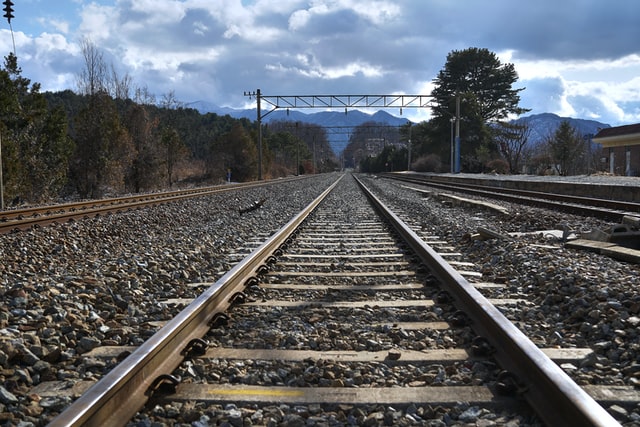In the annals of history, the grandeur of steam-era railways often eclipses the stories of the unsung heroes who fueled this transformative industry. While iconic images of locomotives cutting through landscapes linger in our collective memory, there is a hidden narrative—the tale of the men, women, and children who lived, worked, and, in some cases, faced the ultimate sacrifice on the railways. The “Railway Work, Life and Death” project, a collaborative effort by the National Railway Museum, the University of Portsmouth, and the Modern Records Centre at the University of Warwick, has been on a mission to unveil these hidden stories. The recent release of 16,000 new records marks a significant stride in bringing to light the challenges faced by those who built and sustained the railway networks.
A Journey into the Past:
The project, initiated in 2016, serves as a time machine, transporting us to an era when the railways were more than just a mode of transportation—they were the lifeblood of communities, connecting people and shaping societies. Volunteers dedicated to preserving this history have meticulously transcribed records of accidents involving railway workers, offering a glimpse into the daily struggles, triumphs, and tragedies that defined life on the railways before 1939.
Unveiling the Records:
The unveiling of 16,000 new records is a testament to the relentless efforts of these volunteers. The records, now accessible for free on the project’s website, delve into incidents investigated by state railway inspectors between 1900 and 1939 across the UK, encompassing the era before 1921 in Ireland.
Narratives Beyond the Rails:

Behind the stark statistics of accidents lie poignant narratives that challenge the idealized images of the railways. One such story revolves around 12-year-old EB Harding, a lad picker for the Southern Railway, whose life was tragically cut short while loading strawberries onto a goods train. Another narrative tells of 79-year-old shunter Charles Smith, fatally crushed between wagon buffers at Stratford Market, London. These stories bring to light the human cost of progress and the sacrifices made by those on the frontlines of railway operations.
Women in Railway History:
The records not only shed light on the experiences of men but also provide glimpses into the lives of women in the industry. While their representation is limited, with only 34 cases, it reveals a side of railway history that often remains in the shadows. The story of Ellen Logan, a gatekeeper in Ballyconnell, County Cavan, Ireland, underscores the challenges faced by women working on the railways. Logan suffered injuries while attempting to clear a crossing for an approaching train, highlighting the physical risks associated with their roles.
Diversity of Roles and Incidents:
The records present a mosaic of railway roles, illustrating the diversity of tasks undertaken by railway employees. From those involved in goods work to individuals working on and around the lines, the incidents provide a nuanced understanding of the challenges faced by different grades of railway workers. They also highlight the broader spectrum of railway operations, including accidents at ports and the hazards associated with capstan working—a frequent source of casualties on the railways.
Commemorating Centenaries:
Beyond the individual stories, the project has commemorated the centenaries of major accidents, emphasizing the importance of remembrance. Blog posts detailing incidents such as Stapleton Road (September 1921) and Wilmcote (March 1922) showcase the potential of the project to foster community engagement and honor those affected by past tragedies.
Continued Dedication:
The release of 16,000 new records does not mark the end of the project but rather a waypoint in an ongoing journey. The volunteers, who have invested countless hours in transcribing and preserving these records, are already hard at work on the next data release. Collaborating with the Modern Records Centre at the University of Warwick, they are delving into records from the Amalgamated Society of Railway Servants/National Union of Railwaymen, spanning the late 19th and early 20th centuries.
Engagement and Contribution:
The project team encourages individuals to explore the rich dataset and share their thoughts. User feedback is not only appreciated but is also crucial for further improvements. The project team is particularly interested in understanding how people are utilizing the resources and invites contributions that illuminate the lives beyond the accidents—revealing more about the individuals named in the database and their families.
Conclusion:
As we navigate the complexities of railway work, life, and death through these records, we are reminded of the resilience of those who paved the way for the expansive railway networks we know today. The stories encapsulated in the newly released records are not mere statistics but windows into a bygone era. They challenge us to look beyond the glamour of locomotives and recognize the sacrifices and triumphs of the individuals who, in their daily toil, shaped the course of history. The “Railway Work, Life and Death” project stands as a testament to the importance of preserving these stories and ensuring that the legacy of those who lived and worked on the railways endures for generations to come.




